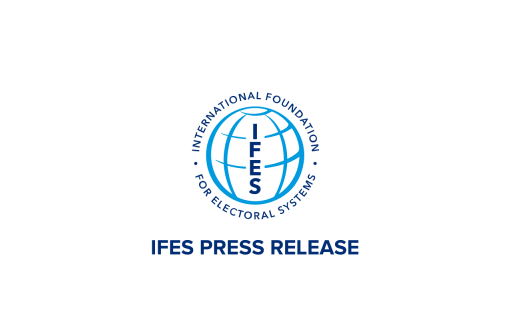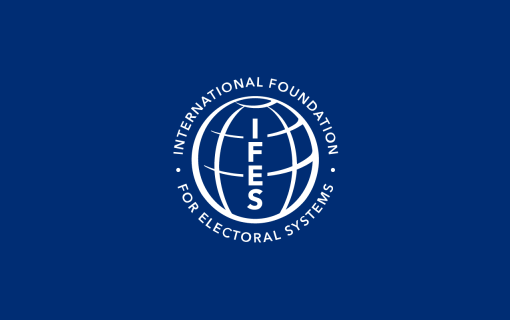General Voters List Database Integrity Analysis, Final Report
EXECUTIVE SUMMARY
The Ministry of Justice has initiated a review of the current legislative framework for elections. One area of review is the Macedonia GVL. The Database Integrity Tests performed are a result of an agreement of the Ministry of Justice to provide assistance in conducting such tests.
The government of Macedonia, political parties, and all citizens of Macedonia have a stake in ensuring that the GVL is as accurate as possible. A fundamental basis for a completely free and fair election begins with a valid GVL.
A database integrity test, like an audit, is designed to find problems or anomalies within the database. This analysis cannot give a definitive endorsement of the accuracy of the database. A more accurate verification process would include random field sampling or house-to-house canvassing which would be a more time consuming and expensive process.
With this database integrity analysis limitation acknowledged, this analysis testing is a quick and inexpensive way to identify possible flaws in the GVL. This testing can give a definitive statement whether any significant flaws are discovered depending upon the number and depth of the questions asked within the testing. The deeper the questions probe into the database, the higher degree of confidence of accuracy or inaccuracy can be determined.
As a result of database analysis testing and in-depth observations of random data records contained on the GVL, I have found enough probable anomalies to raise questions on the integrity of the GVL database. Based upon the GVL database alone, it is impossible to prove the problems without further analysis.
As my analysis criteria changed in order to sample various unique data element combinations, ·my results continued to identify the same result data sets along with additional duplication possibilities
Based upon what I have tested and observed in my review of the GVL, I believe that there is a possibility for thousands to tens of thousands of duplications included on the GVL. This duplication appears to be due to invalid source data input and/or intentional (or unintentional) manipulation of the EMBG national identification number. My analysis at this time cannot determine if 'suspected duplicates' are actually fraudulent or erroneous.
An example of what I have seen includes a duplicate GVL entry containing the exact same name and address, inhabited place and municipality codes with EMBG numbers that are similar, yet different and unique. Without further analysis, I cannot determine this example as an error in the data entry process or an example of intentional fraud. I believe, based upon my observations, there is a good probability that there are many examples of both.









